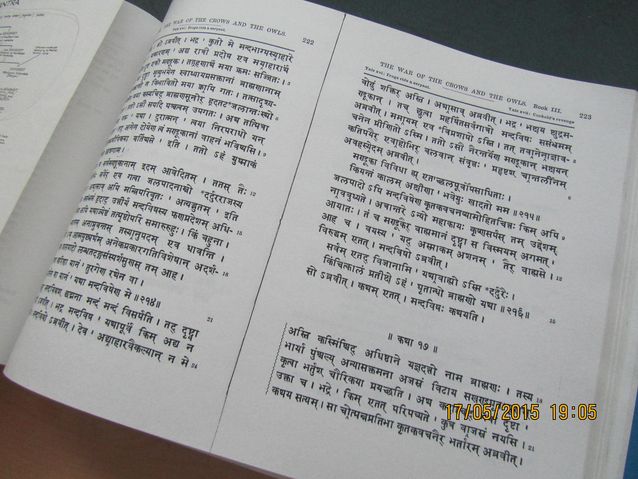Virpi Hämeen-Anttila
Virpi Helena Hämeen-Anttila
Born October 15, 1958, Espoo.
Bachelor of Arts, 1987, Master of Arts (South Asian Studies), 1996, University of Helsinki
Author, teacher, researcher, translator
Hourly-paid teacher, University of Helsinki, 1997-.
Project Assistant, Indus seals, documentation and publication, University of Helsinki, 1983-6.
Illustrator (scientific), various publishers incl. Weilin & Göös, Otava, Cambridge University Press, Tiede-lehti.
Translator (of English, French, Sanskrit, Bali, Hindi, Bengali, Tamil), the Finnish Oriental Society, Basam Books, Jalava.
Author (published with Otava, WSOY, Minerva).
Chairperson, Lahti International Writers’ Reunion, 2007, 2009, 2011 and 2013.
Chairperson, writers’ division, copyright organisation Sanasto ry, 2012-
Research interests
Sanskrit and South Asian literature, esp. Sanskrit writing from pre-classical and classical period (600 BCE – 1200 CE), its narrative fiction and structures; main publication and (forthcoming) doctoral thesis topic: the origins and development of frame story technique in Sanskrit literature.
Publications, research projects and other academic activity
Awards and special achievements
Eino Leino Prize (for literature), 2002 (with Jaakko Hämeen-Anttila)
Finnish booksellers’ Laila Hirvisaari Prize, 2003
Vuoden tieteentekijän palkinto 2004
Vantaa-palkinto 2009 (with Jaakko Hämeen-Anttila)
Academic of the Year 2004, Finnish Union of University Researchers and Teachers
City of Vantaa Award, 2009 (with Jaakko Hämeen-Anttila)
Photo: Mirva Kakko/Otava
Written by Virpi Hämeen-Anttila (Kaija Hartikainen, toim.)
Translated by John Calton

